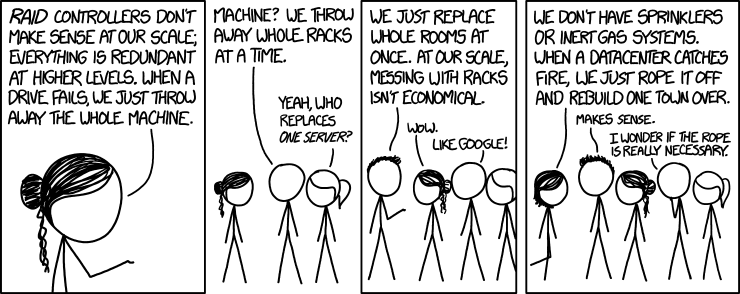 This week is Techweek, an annual talkfest here in New Zealand about the future of technology. But there is something that they are not talking about. I’ll jabber on a bit before making my point.
This week is Techweek, an annual talkfest here in New Zealand about the future of technology. But there is something that they are not talking about. I’ll jabber on a bit before making my point.
I like technology. Especially electronics. I have been playing with it and fixing it for a long time. I find it all really interesting.
Unfortunately most technology has a dark side. In the case of e-technology one of the problems is getting the stuff recycled. It is changing at a great rate of knots and so the older stuff gets chucked out. It is not surprising that it is a big part of the rubbish going to the landfill.
There are some interesting things happening in labs around the world that may fix the e-waste problem but that it going to take a while. In the meantime we have to process all of the e-junk in an environmentally friendly way.
So I would like to ask the Techweek organisers why they have not included any items on e-waste in their programme?
Maybe next year?








